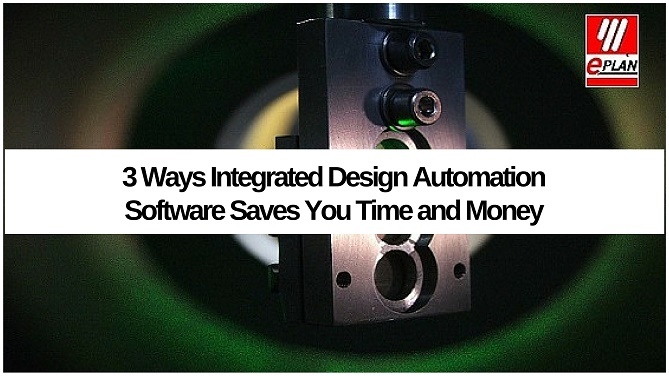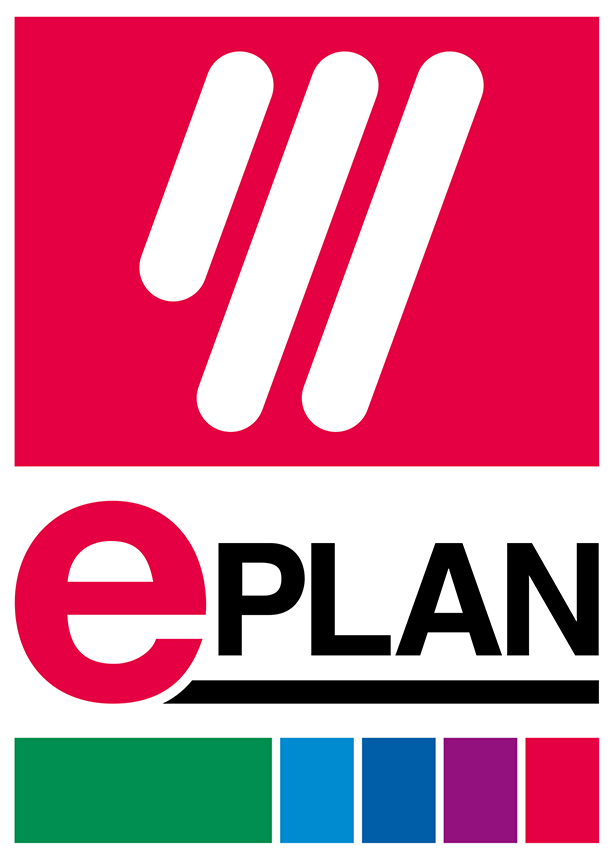
While nearly every industry is experiencing disruption from new technologies; adapting to these changes can move along at a different pace for every business operating within that industry.
The same is true for the engineering requirements and aspirations of those businesses. While the product creation process can be efficiently optimized through the use of integrated design automation, understanding the technologies indicates a learning curve that needs time to ferment within each business alongside their own timeline.
What follows are three critical reasons business should be looking into design automation software...efficiency, connectivity and uniformity.
Efficiency
Engineering and design are strategically the most effective areas to build in efficiencies because they are the genesis of the entire manufacturing operation. Process improvement at this stage provides a competitive differentiator. Engineers can spend too much of their day drawing lines, arcs, circles and filling excel spreadsheets. Companies hire engineers to design and create. When the tools are inefficient, the engineer is being underutilized.
Not only is it inefficient, but the risk of human error is compounded by all the transference of data and documentation by hand.
High functioning integrated design software allows for optimized engineering solutions. When changes need to be made in the design, they are applied everywhere saving time and money. This is especially important in today’s environment where margins are thin and faster time to market is crucial.
Connectivity
Utilizing best of breed design automation software also connects the necessary components and machinery. The software can reach out to machines instead of having to manually input the necessary specifications.
For example, an engineer designing a cabinet can send the drill patterns to the machine instead of having to manually input them at the site.
Next generation software takes advantage of cloud based computing as well, allowing you to have the design not just available on any device, but offering the ability to drill down into the design and do detailed investigations within those devices.
One company, EPLAN, has included with their software that the robust capability to offer direct real-time access to valuable up-to-date vendor device data. The web-based service lives within the software. EPLAN users can access over 544,000 parts that have been put into the EPLAN Data Portal by the manufacturer and can be used to build the schematics, panels, etc. It is a drag and drop procedure and the part data is automatically populated into the documentation. This efficiency means users don’t have to go to all manufacturers’ websites to get parts or part data or create from scratch.
Uniformity
Platinum design automation software have database driven platforms. They sit on top of the user’s database allowing for the systematic retrieval of information from that database and the ability to communicate all updates to documents and documentation.
The right software also allows for the technical preplanning of machines and plants supporting both graphical and database-driven working methods. In each case, the data is transferred seamlessly to the interdisciplinary detail design. The integration of pre-planning into planning ensures significantly reduced expenses, while improving project quality.
The growth of automation within industry offers a competitive advantage to those businesses that take advantage of it. Improved productivity and reduction of internal inefficiencies mean cost savings and being quicker to market. Those who don’t incorporate these technologies will find themselves at a tremendous handicap in today’s rapidly changing marketplace.




